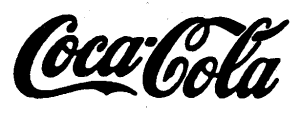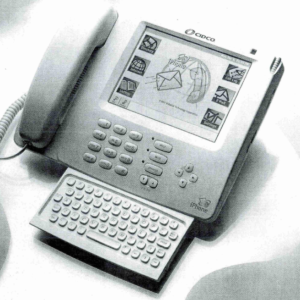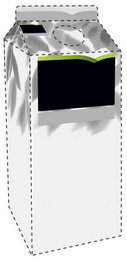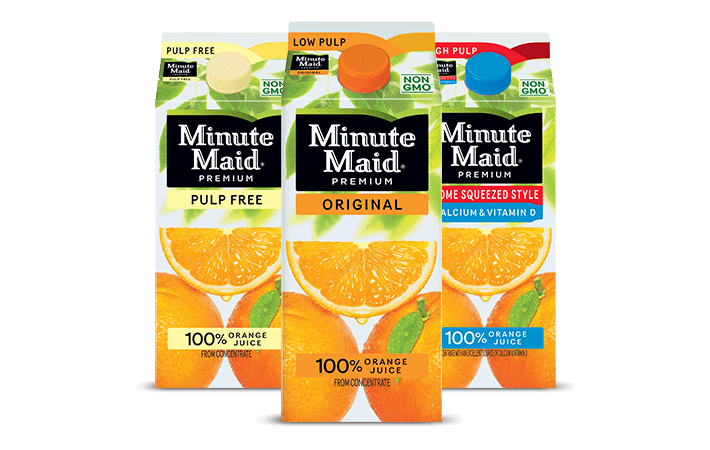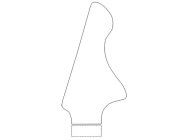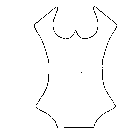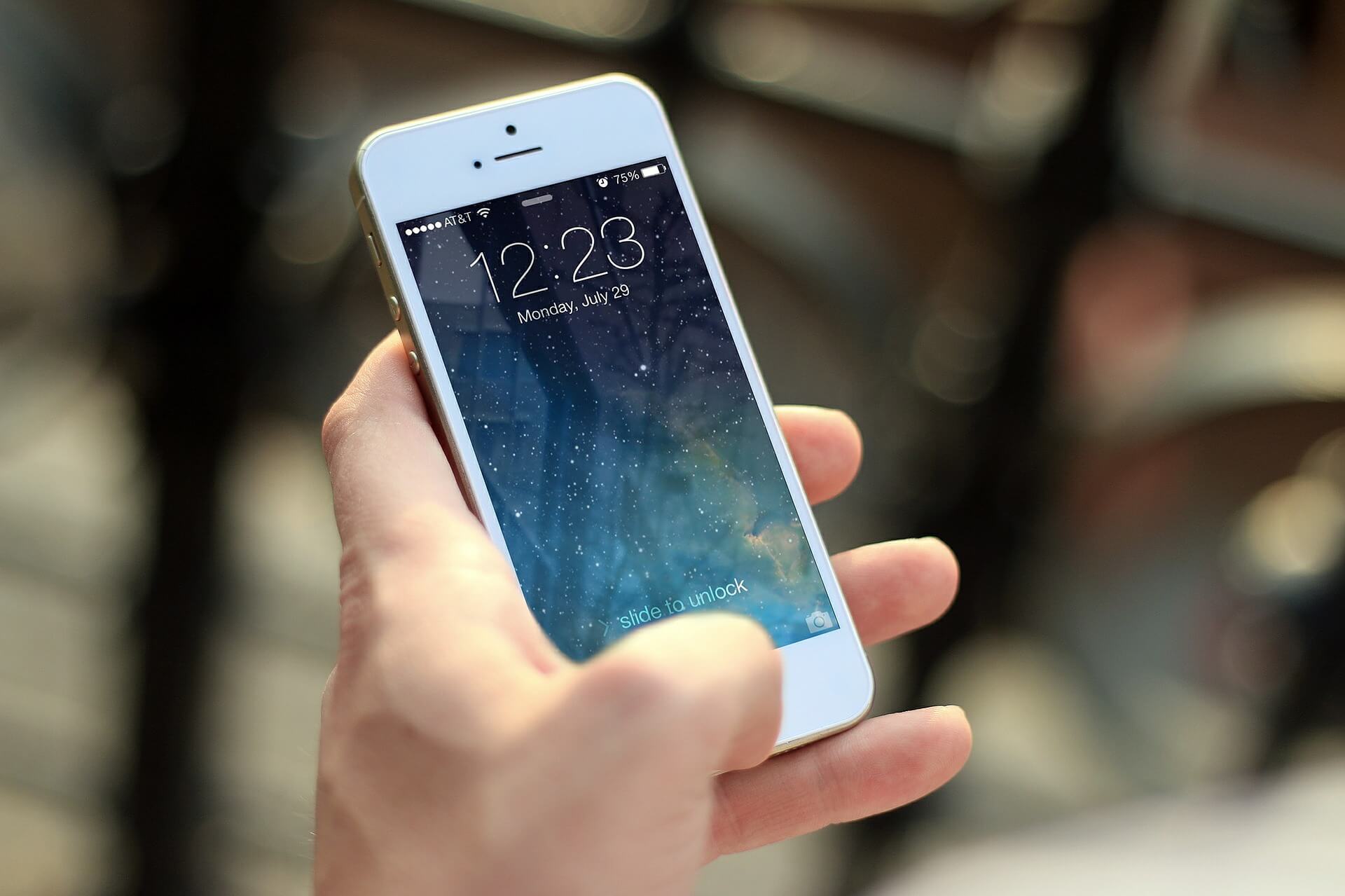When you run a business, there is a chance that one day you receive a letter claiming that you are infringing someone else’s trademark or patent rights. It’s commonly called a “Cease and Desist Letter.”
Sending a Cease and Desist Letter (“C&D letter”) is a legitimate practice of enforcing one’s intellectual property (“IP”) rights. When you have an IP right, you should actively enforce it. It is a common practice to send a C&D letter to give a notice to related parties about possible infringement, and it also serves as a means to establish a communication channel between parties.
What to do when someone claims you’re violating their IP rights?
1. Not all C&D letters are the same.
It usually starts with a strong language about your wrongdoing, penalties, and of course they always say they have a solid case against you. They often set a deadline in their terms and threaten you with a lawsuit.
Sometimes they do complete a comprehensive analysis before sending out a letter, but they could simply rely on nothing more than a hunch. That’s why they are often written in vague and generalized terms. They can draft one and start sending to everyone they know.
On the other hand, the recipients often panic because they get this out of the blue. You’d be surprised by how many entities are only seeking settlements. They can’t risk going to a trial because it might set a bad precedent. In other words, they know they’d lose if they go to trial.
2. You should consult with people around you.
Getting a lawyer for defending against a sham assertion of infringement sounds very expensive. Also, when you go to a lawyer, he or she might simply say “Oh, I can help you settle this case.”
That’s, in many cases, the safest, simplest, and most cost-effective thing to do. But that’s not always true.
There is a good chance that someone you know has received the same letter before, or they at least know someone who has. Ask them how it went. The infringement analysis is almost always more intricate than what the C&D letter says.
3. Find experts next.
Ultimately, you have to find someone who knows what’s going on to really understand what’s going on. IP professionals can tell you how much you are in trouble, what are your chances to be served with a summon, how you can avoid further infringement, and so on.
If it’s patent related issues, you should find a patent attorney. Patent attorneys are licensed attorneys who are registered with the United States Patent and Trademark Office. They passed a state bar (so they are presumably competent to represent you in legal matters) and a separate examination administered by the USPTO about the patent law (so they know the patent law). There are patent agents, non-lawyers who are registered with the USPTO, but they are more focused on helping you get a patent.
For trademark issues, there is no certification or license. In theory, any lawyer can represent you in trademark law matters. However, not all lawyers are equally competent. So, here’s a litmus test I suggest. If they simply say, “I can draft a reply or get a settlement offer for you”, then you might want to find another lawyer. You want someone who can tell you what’s really going on before even considering those options.


